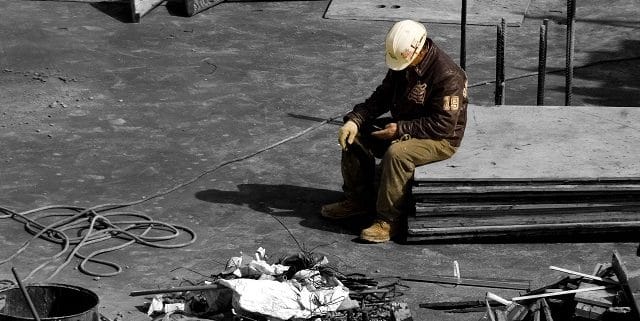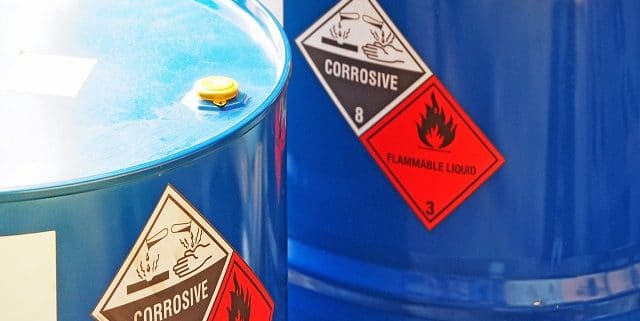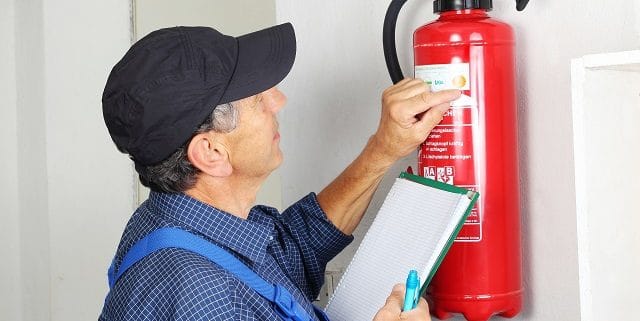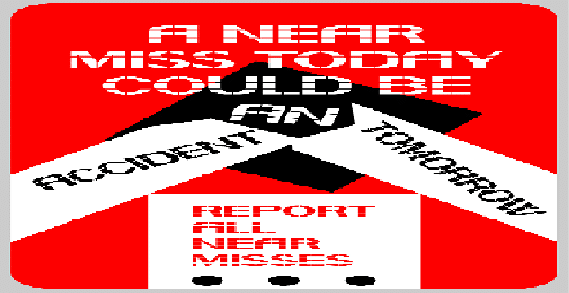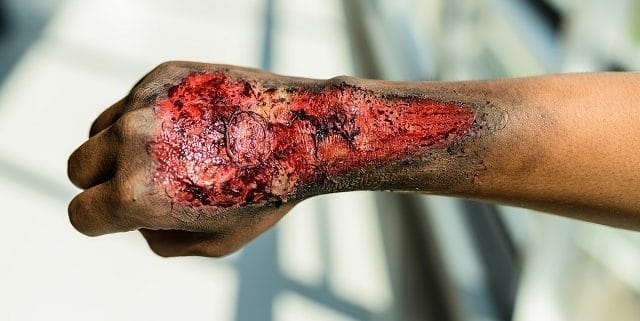Communication
Have you ever tried explaining something and your coworker just has a blank look on their face? Maybe people always say you’re yelling but you’re just trying to articulate your thought or idea? Not communicating what you mean to someone could lead to serious safety hazards. No matter if you’re the project manager or the new apprentice on site, we could all improve our communication skills. Here are some suggestions of things to follow.
Listening is the key to good communication. Don’t just wait for your turn to talk, actually listen, repeat things back for clarification. Non verbal communication is also key, don’t stand with your arms crossed, looking at the ground. Make eye contact and have a relaxed stance, this make you more approachable. When talking, be direct and firm but of course still friendly. If giving directions, try and use hand gestures to help explain. Always be respectful, even if you don’t agree with what someone is saying. Try to be open-minded and willing to receive feedback.
Bad communication could lead to injury or even death. Take extra precautions when using heavy equipment such as when rigging. Always use your JHA to help communicate the task at hand and if needed have a pre task meeting. If you are unsure of anything, make sure to ask questions. This could be the difference between a task going smoothly and an incident.



